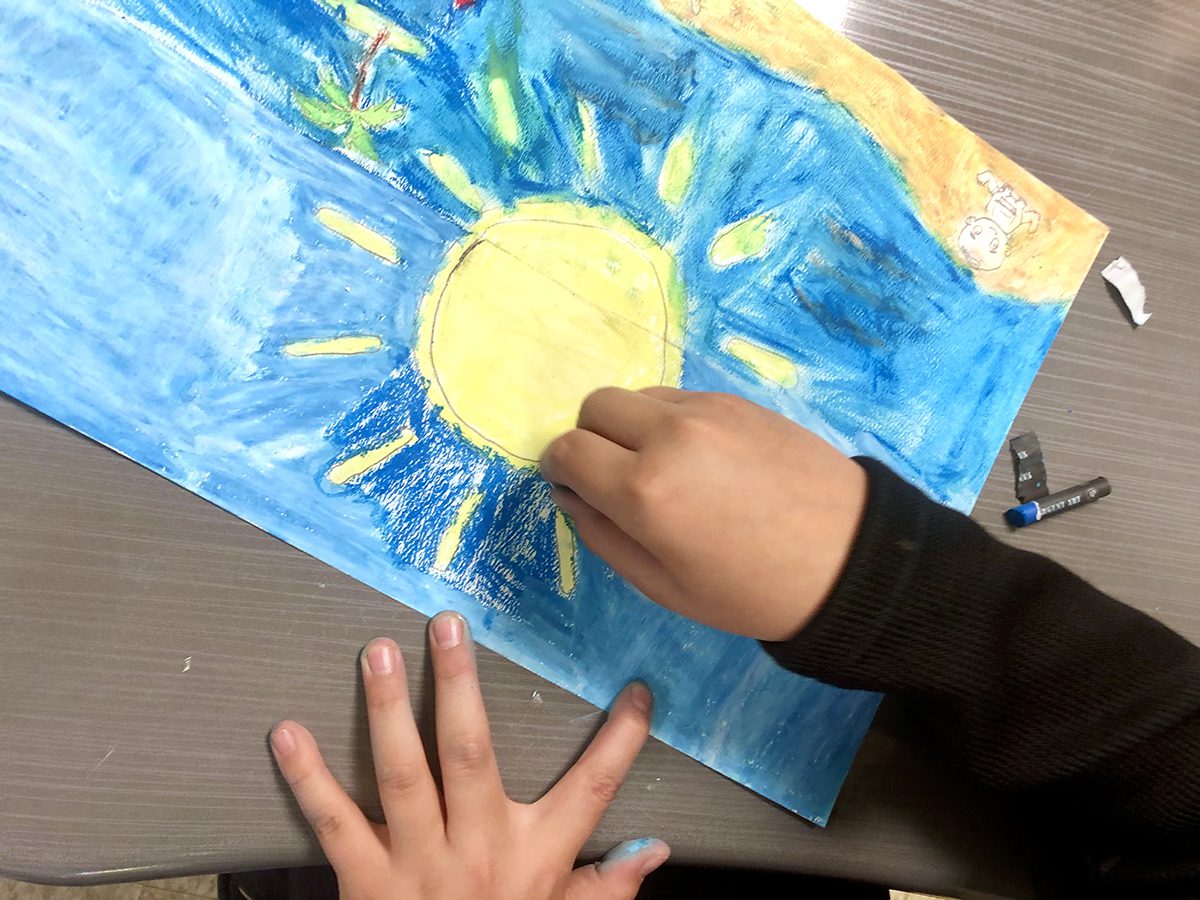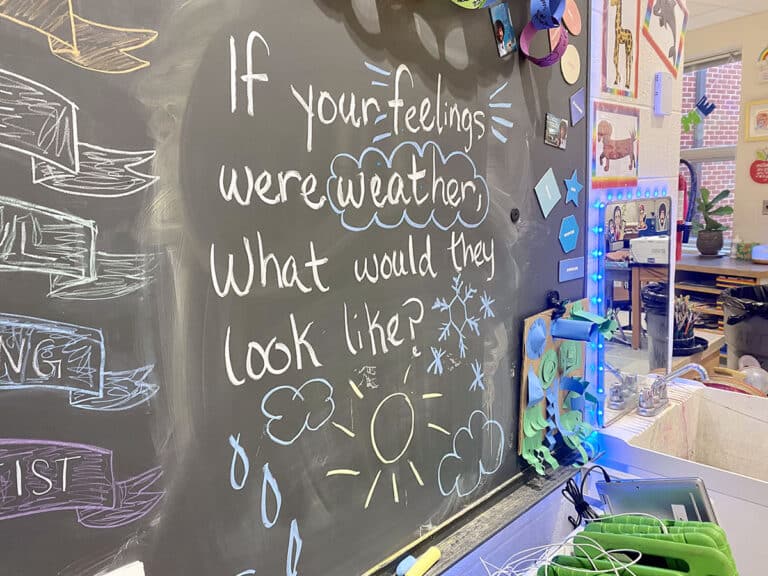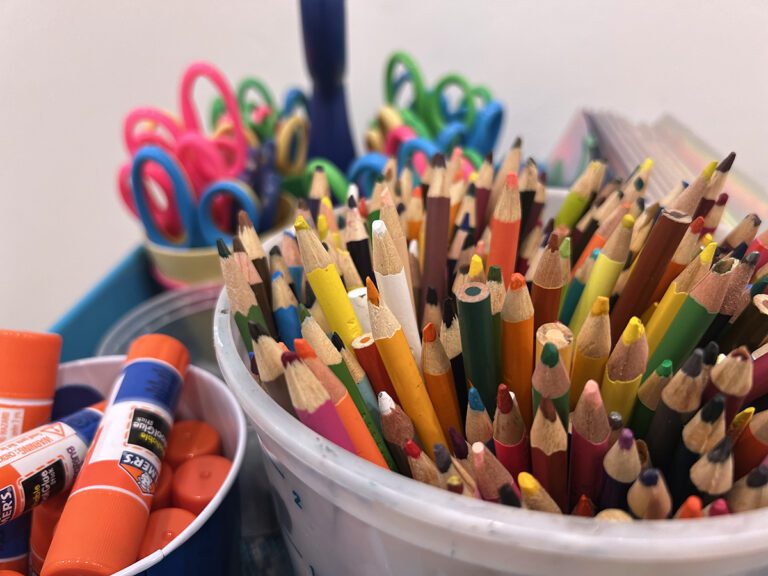Love often defies logic, but it doesn’t always have to. In fact, the best way to deal with student behaviors in the classroom is often with both love and logic. However, correcting without losing love and respect can be tricky. The Love and Logic® behavior management approach offers an opportunity to intuitively infuse discipline with love.
Love and Logic® skills allow adults to correct without losing love and respect and empower students to develop responsibility, self-control, and good decision-making skills. Jim and Charles Fay, Ph.D., outline the approach and how it applies in the classroom in 9 Essential Skills for the Love and Logic Classroom.
Keep reading to discover three of the biggest Love and Logic® secrets and how they can play out in the art room.
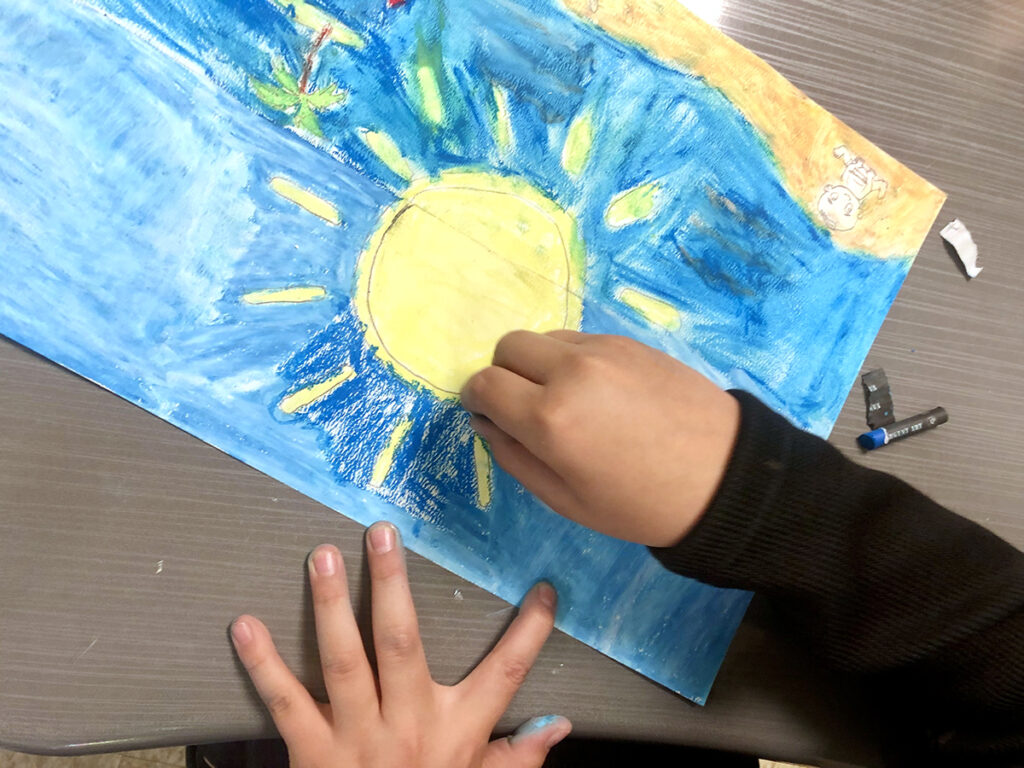
Before diving in, note a crucial element of the Love and Logic® approach. Love and Logic® hinges on positive student-teacher relationships as with most effective behavior management strategies. Relationships are the foundation of love and trust.
If you are looking for more ways to build relationships in your classroom, these resources may be helpful:
- 9 Strategies to Build Rapport With Your Students From the Start
- 5 Ways to Build Relationships With At-Risk Students
- Building Positive Relationships Pack in PRO Learning
Try these three low-stress Love and Logic® ways to help manage your students’ behaviors in art class today!
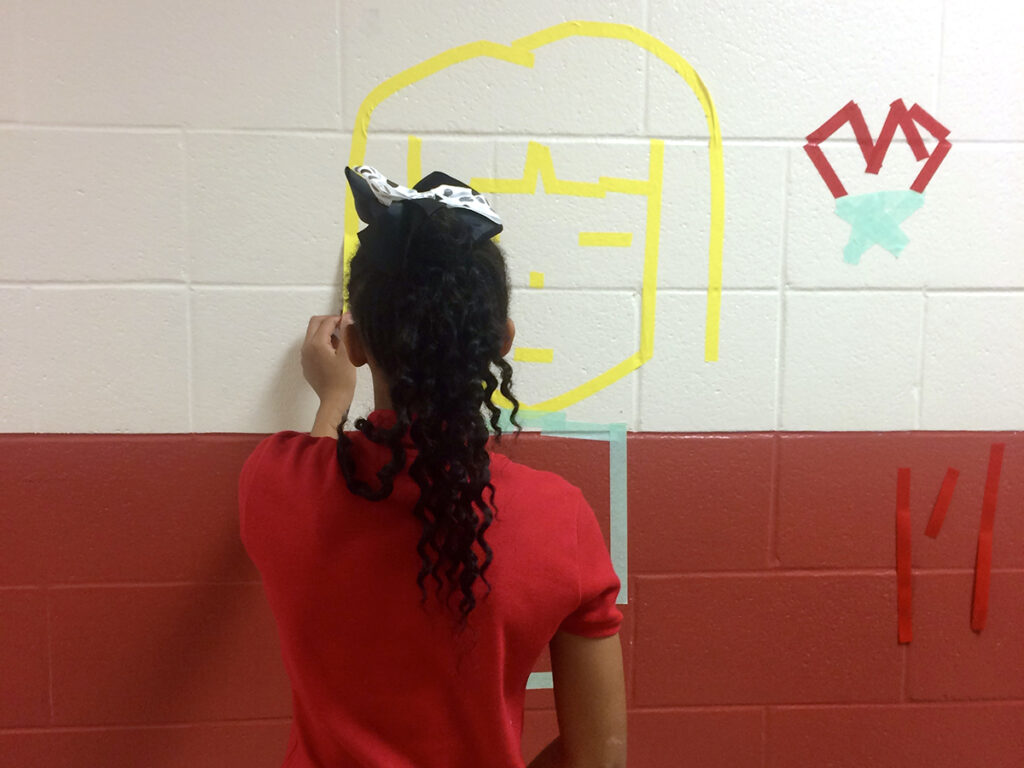
1. Delay consequences in order to give yourself time to respond appropriately.
Your students will sometimes misbehave, no matter how proactive you are with your management strategy. Consequences for these actions are a natural part of the student-teacher dynamic. When you find yourself in a situation that requires correction, resist the urge to give an immediate repercussion. Instead, inform the student that the behavior was unacceptable and you will need to do something about it. And then leave it at that.
With this approach, you maintain control of the situation. Your students will wonder what the consequence will be and may even start to reflect on their behavior on their own. In turn, you have time to approach the problem with a level head instead of reacting in the heat of the moment. Delaying consequences keeps you from making empty threats you cannot follow through on. With this extra time, you can also bring in support from classroom teachers, administrators, and caregivers as necessary.
Art Room Application
When you delay consequences, you have time to choose a means of making amends to best fit the behavior.
Below are three common behaviors with their natural consequences:
- Behavior: A student drew with a permanent marker on the table.
Consequence: The student will come in during recess to help clean up the drawing. - Behavior: A student took supplies from an off-limits closet.
Consequence: The student will spend fifteen minutes of their lunch organizing a portion of the supply closet. - Behavior: A student said mean things about someone’s artwork.
Consequence: The student will present the artwork of the offended artist to the rest of the class.
Dealing with challenging student behaviors is tricky. For further support, check out these resources:
- De-escalation Strategies for Challenging Behaviors Pack in PRO Learning
- “Strategies for Defusing and De-escalating Behaviors (Ep. 288)”
- 4 Practical De-escalation Strategies to Support SEL in the Art Room

2. Employ choices to help your students feel empowered and in control.
Giving choices helps you avoid power struggles with students who crave control. According to Charles Fay in 9 Essential Skills for the Love and Logic Classroom, humans crave control and become irritable, stressed, and angry when they don’t have it. By relinquishing control in the form of choice, you can gain it.
The choices need to be appropriate and strategic. Give options that will not be a problem, and remember that small choices go a long way. Make sure you are okay with all of the choices before providing them. This way, regardless of what students decide, both you and the students will be happy. It is also important to offer choices before you encounter resistance and to provide them in the context of support versus a disguised threat or demand.
Art Room Application
Coming up with choices to offer students can be challenging, especially during a power struggle. While you are lesson planning, take a few minutes to brainstorm some choices you can proactively provide.
Here are some appropriate, strategic choices to get you started:
- What would help you the most: to move up front with me or spend time in the calm-down corner until you are ready to focus?
- I enjoyed making art with you today! Would you rather start cleaning up now or in five minutes?
- Feel free to wash your brush and palette before or after taking your artwork to the drying rack.
You can frontload your students’ sense of control and prevent misbehaviors by adding more choices to your art room. These resources will get you well on your way:
- How to Support Social-Emotional Learning Through Choice
- Organizing the Art Room for Choice Pack in PRO Learning
- 6 Proven Reasons to Love Choice-Based Art and Try It in Your Art Room

3. Encourage students to problem-solve solutions to the conflicts they face.
Students are capable of learning how to navigate the difficult situations they encounter. When students approach you with an issue, consider whether this is something you need to solve or something your student can deal with it. Rescuing and lecturing students encourages learned helplessness and can be detrimental to your students in the long run. Instead, listen with empathy and facilitate how to problem-solve solutions.
Afford students as many opportunities to solve their problems as you can. It’s okay if the solution they come up with may cause them issues. Mistakes are chances to grow. If the solution negatively affects others, step in and ask what else the student can try. In all of your communication, send the underlying message that your students are strong and capable of solving problems themselves.
Art Room Application
The Love and Logic® approach offers five steps to help students solve their problems.
Let’s say a student forgot their pencil. Here are the five steps to illustrate how you can help the student solve the problem on their own:
- Provide a strong dose of empathy.
That’s so frustrating you can’t find a pencil! - Hand the problem back in a caring way.
What are you going to draw with today? - Ask permission to share some solutions and provide choices.
Some students borrowed a pencil from a friend. Others used a pen or a crayon. - Help students evaluate the potential consequences of each choice.
Which utensil do you think will help you best meet the requirements of the drawing assignment?
- Allow students to either solve or not solve the problem.
Good luck. Let me know how it works out for you!
Stepping into the shoes of others is an essential conflict-resolution skill. Develop more empathetic problem-solvers with these resources:
- 4 Ways to Practice Empathy in the Art Room
- “Building Awareness and Empathy (Ep. 183)”
- The Art of SEL, Episode 7: How do we Teach Empathy?
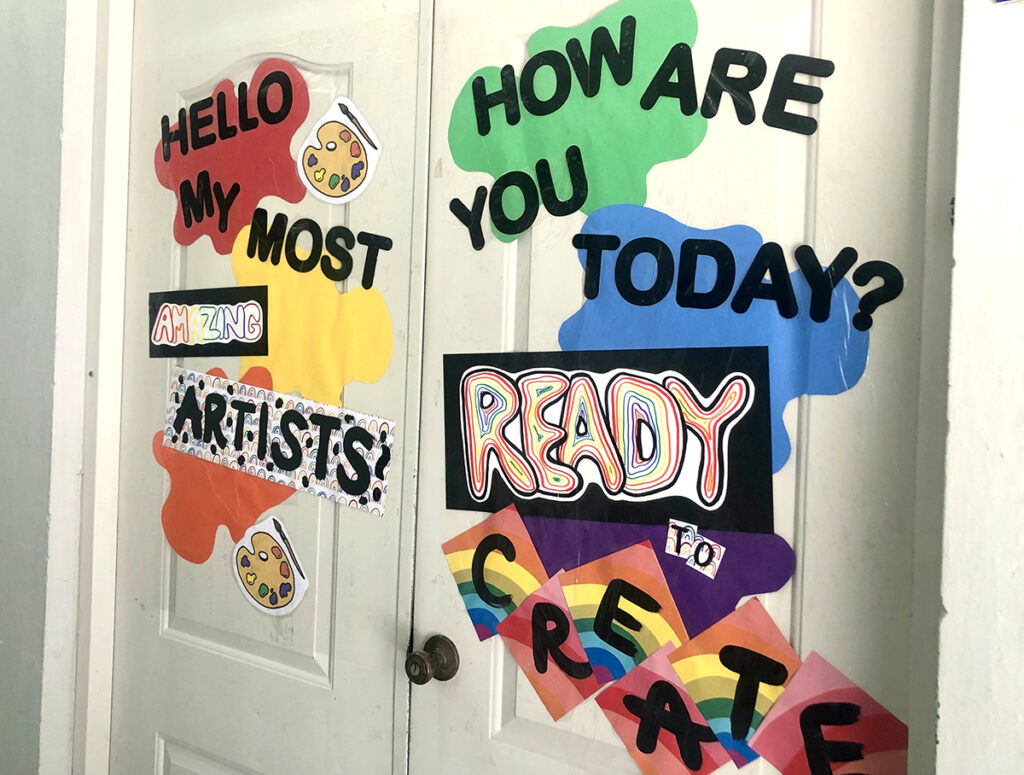
As proactive as we strive to be with our classroom management approach, some misbehavior is inevitable. You can deal with these behaviors in your classroom logically and lovingly by employing three Love and Logic® secrets. Delay consequences in order to give yourself time to find an appropriate repercussion you can follow through on. Empower your students with a sense of control by giving them small choices in the structure of your lesson and classroom. Model and teach problem-solving skills to develop students who can navigate their own difficult situations. Watch your behavior management stress dwindle as you adopt and practice these skills!
Which Love and Logic® management secret are you excited to try today?
What strategies do you use to address challenging behaviors in your art room?
Magazine articles and podcasts are opinions of professional education contributors and do not necessarily represent the position of the Art of Education University (AOEU) or its academic offerings. Contributors use terms in the way they are most often talked about in the scope of their educational experiences.
